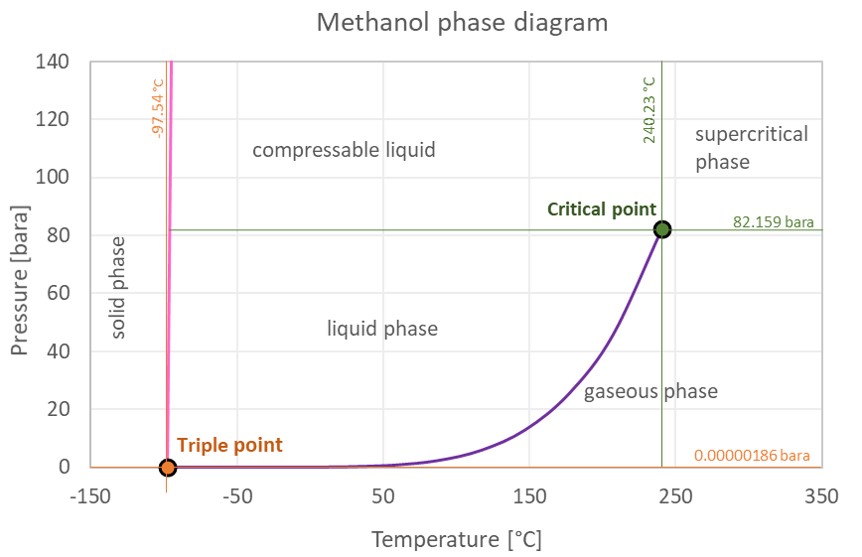In order to keep the wall temperature below the material melting point it is required to use some sort of cooling, for this reason various methods for cooling thrust chambers have been used in the past decades. Surely, regenerative cooling is the most extended method.
Regenerative cooling uses a stream of propellant flowing through small channels or tubes around the combustion chamber to cool it down, then the heated propellant is fed into the combustion chamber to be burned. The diagram below shows how the temperature is reduced at different points. The notation used for the temperatures at those points is the following:
Tc = Combustion temperature
Taw = Adiabatic wall temperature
Twg = Wall temperature at the gas side
Twc = Wall temperature at the coolant side
Tbc = Coolant bulk temperature
Simulation results





Comments
Post a Comment